Good afternoon, dear readers! Today I want to tell you about one of the most interesting and extraordinary cars of our time - the Ford Focus 2.
Its history began in 1998, when a decision was made in the bowels of the North American company Ford Motor Company to create a fundamentally new car based on the Ford CW170 for the middle price category (class "C" according to the European classification) of the European car market.
And in 1999, the first generation Focus was presented to the general public at the Geneva Motor Show. Then the car made a very good impression.
The design and advanced technical characteristics were amazing: acceleration to 100 km / h in 9.8 seconds - provided by new gasoline engines of the Zetec and Duratec series, low fuel consumption and environmental emission standards - due to innovative software of the electronic control unit. Especially for him, a new suspension was developed - the usual MacPherson strut in front, and a four-link independent Ford Control Blade in the back. Fundamental changes have undergone appearance and interior.
In fact, its cost was lower than that of competitors. The new Focus had an unexpectedly high level of safety. On crash tests, he received very high marks. All this did its advertising and marketing work, the car actively "went to the people", and in 2002, as expected, a restyled version was released.
Second Focus model
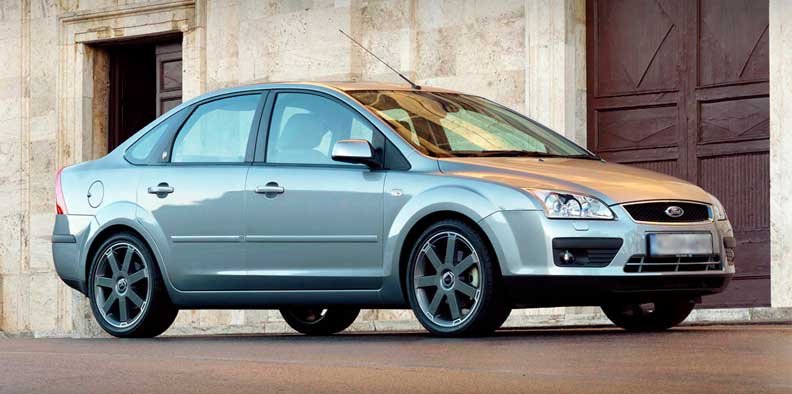
The car turned out to be quite successful. Many car owners, having left on the first generation, remained devoted to him and, without hesitation, moved to the Ford Focus II. The new car brought with it not only an epoch-making ecstasy, but also new diseases. We will focus on these advantages and disadvantages.
Engines
Focus II received engines of the series: Duratec with a new gas distribution system that provides high performance and economy. These engines are: 1.4, 1.6, 1.8 and 2.0 liters, the sports version of the Focus RS is equipped with a 2.5 liter Duratec RS engine (305 hp)
It was possible to buy a Ford with the old reliable 1.6-liter Zetec engine or a diesel, but not the most massive engine - a 1.8-liter TDCi.
Diseases Ford Focus II
New engines, thanks to modern technology, turned out to be quite dynamic, but some of them caused a lot of trouble to its owners. The main problem, characteristic of all motors of the new series, was electronics. The main complaints are floating idle and loss of traction during heavy acceleration.
The reason lay in the errors of the mixture formation program of the ECU (electronic on-board unit), coils, connectors and ignition wires, as well as in the throttle. Electronics began to "fail" after 50 thousand kilometers.
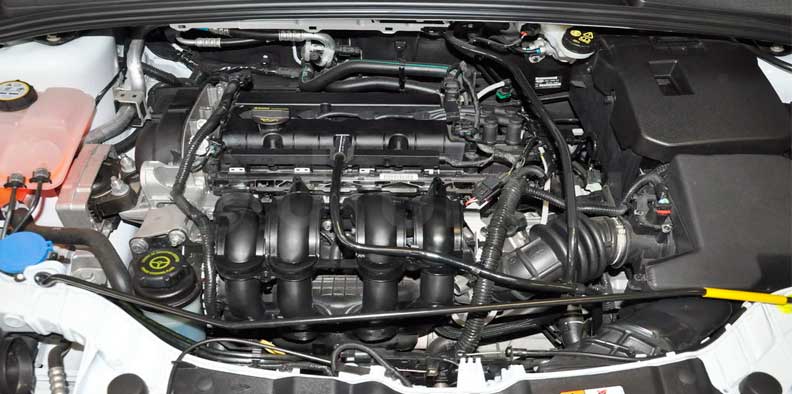
With a run of more than 80-100 thousand km, the owners began to complain about the increased oil consumption - about 200 gr. per 1000 km. Some motors completely failed even with a run of 40-70 thousand km, due to oil starvation caused by a malfunction of the oil pump.
As a rule, the first sign of such an ailment is a short blinking of the oil pressure indicator in the engine and a leak in the crankshaft oil seal. For more “lucky” Ford owners, compression simply disappeared, the reason being premature wear of the piston rings.
Duratec series engines are also very sensitive to fuel quality and spark plug health. This, in turn, often leads to engine interruptions, detonation and difficult starting in the cold season. Many people find oil in spark plug wells. The reason is the loosening of the valve cover bolts due to vibrations and detonation. At the same time, oil is also leaking from under the cover itself.
The best engine for Ford Focus II
Engines with a volume of 1.8 and 2.0 liters have a timing chain drive with a declared resource of 300-350 thousand km, which, of course, has not yet been sustained on any machine. The chain had to be changed after 100 thousand km. Engines of 1.6 and 1.4 liters are equipped with a timing belt drive.

The least number of problems occurs with engines of 1.4 and 1.6 liters. A little more, due to their mass character, for engines with a displacement of 1.8 liters, and the leader in complaints is a two-liter engine.
Most likely the main reason for this picture is the power of the engine. A stronger motor encourages owners to push harder on the gas. The result - the operation of the engine in hard mode at high speeds. The most reliable is a 1.6-liter engine with 100 hp, which has a time-tested design, brought to perfection.
Diesel Focus II with a 1.8-liter engine has not received mass distribution. The reason is the poor quality of the fuel, which affects the longevity of the injectors. Another serious drawback is the failure of the glow plug sensor. As a result, the electronics “overexposures” it longer than the calculated time, and the candle burns out. With a run of more than 100 thousand km, the EGR valve fails. Diesel, unlike its counterparts, is more economical - up to 10 liters in the city and 6 on the highway.
Transmission
Gearboxes do not cause any particular difficulties for Ford drivers, unless, of course, it is the “famous” ServoShift, like the Ford C-Max, which is a very problematic unit. You yourself will be able to read about all his “hops” on the vast expanses of the network.

A conventional machine, with proper operation and timely oil and filter changes, does not cause problems. Mechanical transmission requires more attention. A fast-wearing clutch disc (about 60-80 thousand km), a particularly tricky release bearing and high oil requirements make the owners be on the alert all the time. With active work with the gear selector, noise, tapping may occur, and there are difficulties with switching - a feature of the box. Noise decreases with oil change.
Suspension
The undercarriage of the Ford Focus 2, although structurally successful, but in practice there are still sores. One of the sore spots is the wheel bearing. The problem is identified by hanging the wheel and rotating it. In the event of a malfunction, a hum is heard and vibration is felt. Its service life is up to 60 thousand kilometers.
On a brand new car, it is not uncommon for owners to find front suspension tapping. In fact, the source turned out to be a stretcher. The knock is eliminated by tightening the mounting bolts. After 50 thousand km, replacements often require silent blocks and rear suspension arms, as well as front and rear shock absorbers.
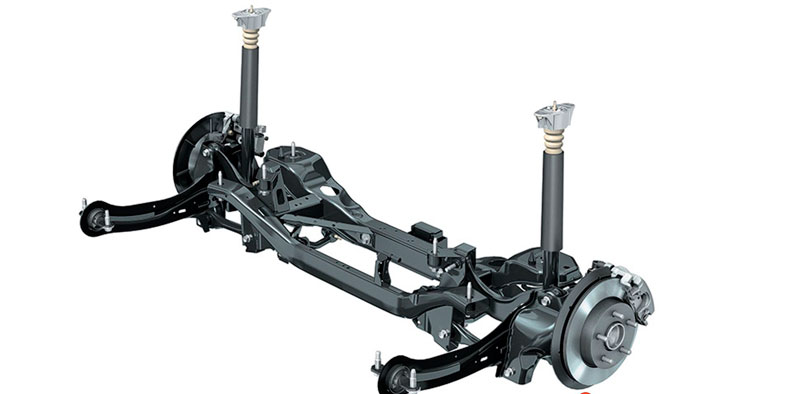
The steering also does not allow you to live in peace and requires monitoring the condition of tubes and hoses. Hydraulic power steering is more reliable, but it happens that fluid leaks from high pressure pipes. The latest EAHPS (electric power steering driven by an electric motor) manifests itself after 50 thousand km by the flow of fluid through the high pressure tube of the steering rack. It is characterized by a howl, which manifests itself more and more over time.
Complete set
I think you all know that Henry Ford (the founder of the Ford company) created a people's car that everyone could afford. All this background is connected with the fact that the focus has various configuration options that allow the buyer to save money. And the savings come from omitting certain options or opting for a car with a smaller engine.
In total, Ford Focus has 7 trim levels:
- Ambiente (Ambient)
- Trend (Trend)
- Comfort (Comfort)
- Ghia (Gia)
- Ghia-SE (Gia SE)
- Titanium (Titanium)
- Titanium-SE (Titanium-SE)
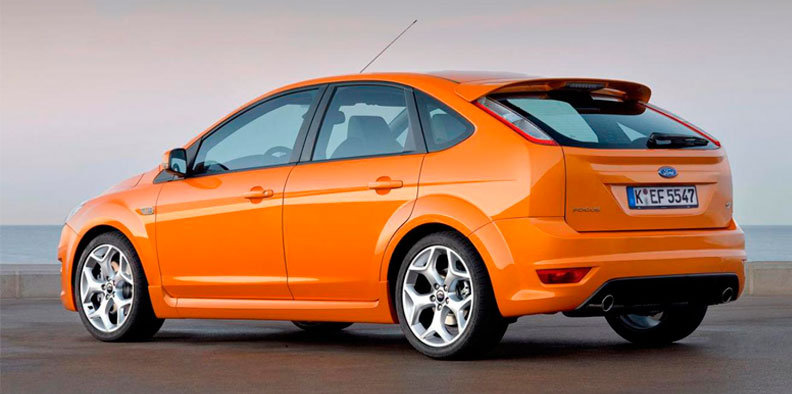
The Focus Ambiente is the simplest and the most luxurious is the Titanium-SE. But I can tell you with confidence that the Ghia package is quite enough. In luxury trim levels, there are a lot of options that, by and large, are not so important, for example, a light and rain sensor. But there are also useful ones, such as heated mirrors, seats and windshield, of course, this option will be primarily appreciated by people living in the northern regions. I would like to note that worthy acoustics of the Sony brand are installed in focus, they will not leave you indifferent.
Body
The body of the Focus is fully hot-dip galvanized with zinc melt. The first corrosion starts after about 13 years. Thresholds climb under the influence of stones from the wheels. But, by the way, there are practically no cracks on the body, in places of welding and bending.
The body modification is also different, Ford is trying to please everyone, so the options for choosing a body type are varied:
- sedan
- 3 door hatchback
- 5 door hatchback
- station wagon
There is even a convertible option, with a metal roof.
Interior
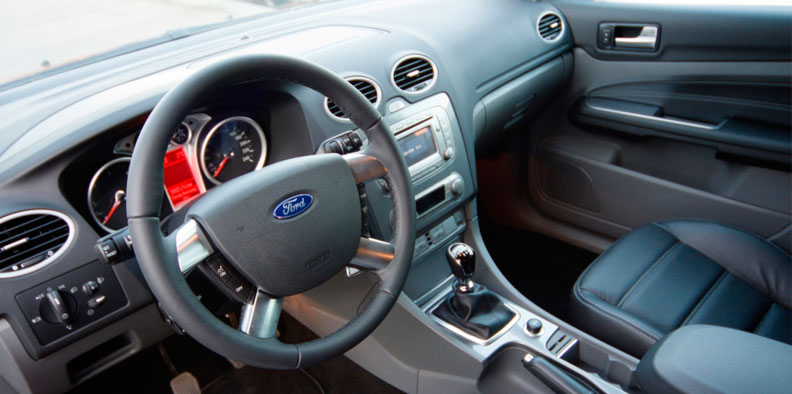
The policy of automakers in the use of cheap materials since the early 2000s has not bypassed this car either. The low quality of the finish is given out by multiple squeaks that appear with the onset of frost. Most often annoy the front panel and door trim. Extraneous sounds are emitted by different moldings and the interior upholstery of the trunk. The front seats creak ugly, and with a run of more than 100 thousand km, the seat adjustment mechanism fails, with its frequent use. And about replacing the cabin filter, I generally keep quiet! This is real torture. To change it, you need to remove the gas pedal.
electrical equipment
Electrical disease - poor contacts, very sensitive, for example, to air humidity. Also, often, wire harnesses break in places of permanent folds. Because of this, a good half of the owners once could not get into the trunk of their car.
Restyling 2008

In 2008 the Focus has certainly changed! Became more beautiful, more elegant or something. New smooth body shapes, ergonomic interior, changed optics. Dust in the eye in short, fan bait. It is necessary to sell new cars, otherwise there is no way - the consumer economy will collapse (according to K. Marx). Engines, transmission and suspension remained the same, which is probably even for the better. But that's okay, because the third Focus was just around the corner!
